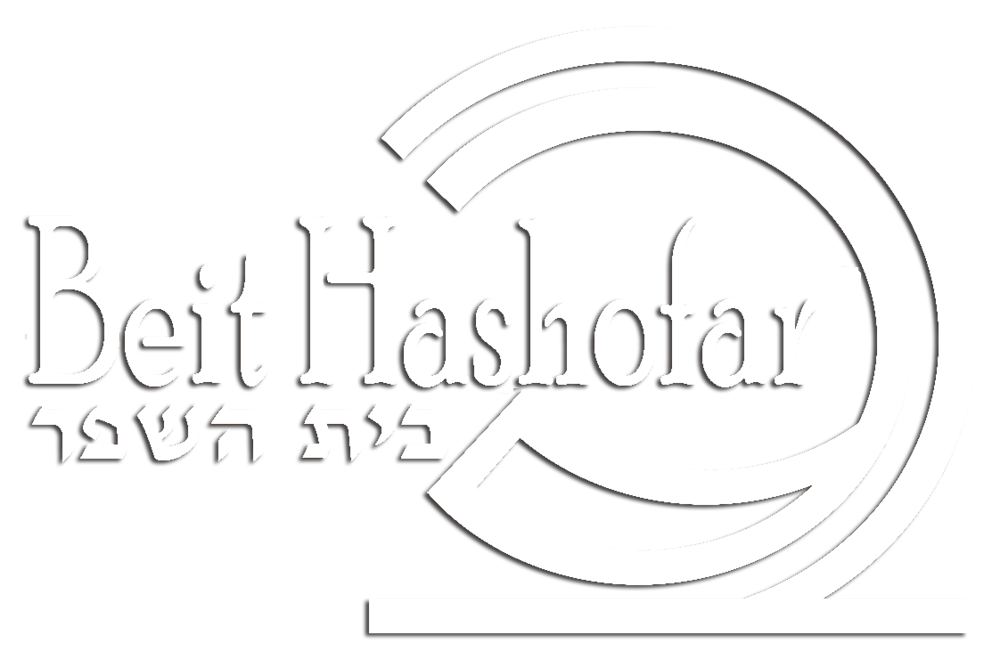In my work as a professional counselor (my side job) I sometimes help people suffering with Generalized Anxiety Disorder (GAD). This diagnosis indicates excessive anxiety or worry more days than not for at least six months, which the person finds it difficult to control, accompanied by symptoms like restlessness, fatigue, difficulty concentrating, irritability, muscle tension, and sleep disturbance. In short, if equanimity is menuchat hanefesh, rest or calmness of soul, GAD is the opposite, restlessness of soul.
An essential response is helping the person with GAD learn to detach from the anxiety, to recognize that anxiety has a life of its own, and a voice of its own. The words of worry, fear, and what-ifs are the voice of anxiety, which one doesn’t need to listen to, let alone agree with. If GAD is restlessness of soul, this response means driving a wedge between that restlessness and the soul itself, to rediscover and regain a soul that is at rest even though the inner monologue of anxious words and worried sentences continues on. It’s cultivating a soul that notices the monologue but refuses to engage it.
This approach sounds simple, even simplistic perhaps, but of course it’s difficult to put into practice. This week’s parasha (Tazria-Metzora, Leviticus 12:1–15:22) may provide some help, as it describes the role of the priest in dealing with the disease of tzara’at, which we translate as “leprosy,” a fearful and anxiety-producing condition in ancient Israel.
As for the person with a leprous affection, his clothes shall be rent, his head shall be left bare, and he shall cover over his upper lip; and he shall call out, “Unclean! Unclean!” He shall be unclean as long as the disease is on him. Being unclean, he shall dwell apart; his dwelling shall be outside the camp. (Lev. 13:45-46)
A person is not unclean, however, until the priest declares him to be so after a thorough and painfully detailed examination (13:1–44), and conversely he or she isn’t clean until the priest does another thorough examination and performs an elaborate, eight-day ritual (14:1–32). The priest has to get very close to leprosy and the leper, closer than any of us would want to get, but he remains holy and somehow never seems to become contaminated himself.
The way the priest handles tzara’at provides an illustration of equanimity in action. He functions in the midst of tzara’at like the soul that practices equanimity, a soul that may hear the voice of anxiety but remains untouched by it and at peace. Just as the priest doesn’t take on tzara’at, and so is not contaminated by it, so the soul learns to disengage from the voice of anxiety, and thus eventually helps to quiet it, restoring menuhat hanefesh, the middah of equanimity.


